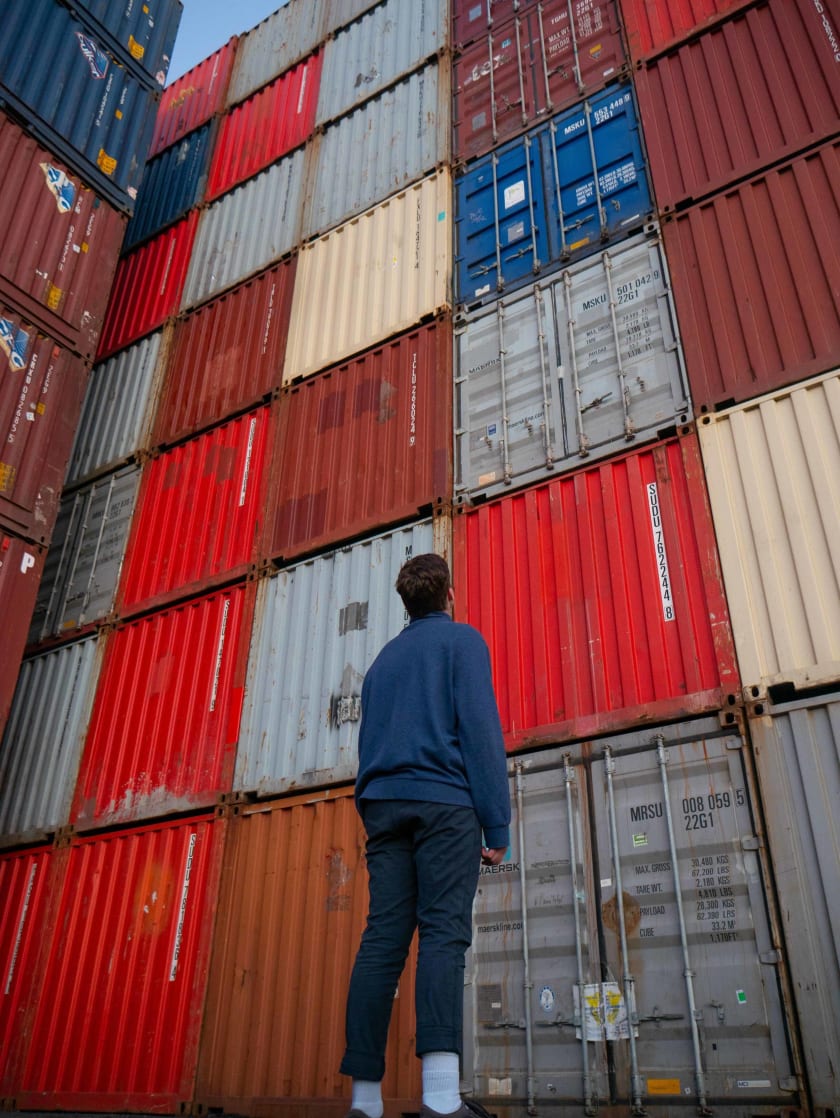5 Tips for Managing Risk in the Global Supply Chain



Summary: Risks can be managed only if we know what they are and have the systems and processes in place to handle them. Supply chain management helps mitigate the impact of disruptions while allowing procurement managers to be more flexible and proactive in their thinking and strategizing in a dynamic business environment.
Any business is fraught with risk. And the fashion and apparel industry is no different. In fact, this industry is more susceptible to changes and disruptions because of its dynamic environment and cyclical trends. A robust supply chain management is effective in preempting disruptions and making company procurements more flexible. It can greatly minimize costs for manufacturers and ensure customers are on trend with the latest styles.
Managing risk in the supply chain has become paramount for textile businesses, especially after the pandemic. The pandemic exposed the vulnerabilities in the supply chain of businesses across the world. The freezing up of the supply lines contributed to micro and macro-level disruptions leading to manufacturing blackouts. Here is how you can make the supply chain for your fashion label fast and efficient.
How to insue your brand against global supply chain risks?

Supply chain management is a must in fashion businesses with a global procurement policy. Here are some time-tested methods and new-age measures that help mitigate the risks due to anticipated and unforeseen disruptions in procurement.
1. Identifying known and unforeseen risks
There are essentially two kinds of risks in businesses—known and unforeseen. Managing the known risks can help avoid a situation where a supplier is either choked due to external factors or has turned bankrupt. Unknown risks can have roots in economic and geopolitical turmoils or can be born of natural disasters. Cybersecurity is a new-age risk. But it can be preempted and mitigated by a range of security measures.
2. Building a framework of metrics

Once the risks are assessed and documented, it is time to develop the metrics based on which their severity can be ascertained in advance. This requires putting in place a robust framework for risk management, which is driven by metrics, capable of measuring the impact of such risks. These weighted metrics help understand the “tolerance thresholds” of a fashion business, helping determine its risk appetite.
3. Reduce Inventory carrying costs (ICC).
Businesses that account for an inordinate share of inventory carrying costs tend to have mismanaged supply chains. Besides the cost of unsold goods, the ICC considers the money spent on handling, storage, and depreciation of the goods. ICC can be brought down by disposing of obsolete inventory and increasing the purchasing frequency of components so that goods remain in a productive cycle.
4. Increased automation for effective monitoring
Supply chain management is linked to automation in the fashion industry. Global brands are relying on Artificial Intelligence and Augmented Reality (AR)-powered procurement and distribution. Automation enables real-time tracking of the production and transportation of a consignment. It offers a check against pilferage and also reduces the element of human error.

5. Multi-sourcing strategy
The China story that unfolded during the pandemic choked the supply line for businesses across the world sourcing their raw materials or finished goods from the country. The new mantra is to go for multi-sourcing. Businesses should source from multiple suppliers, possibly from countries with different geopolitical narratives in play. This offsets unforeseen risks and keeps the supply line functional despite unforeseen challenges.
In a nutshell
Supply chain management is a must to make a fashion label sustainable. The apparel industry is always in flux. Changing preferences of customers, new trends and clothing materials, and online retailing are constantly reshaping the industry. Having an efficient process of procurement results in on-time and uninterrupted delivery. A dynamic business environment requires an optimized procurement and delivery system. More and more businesses are opting for targeted ads and sales on online platforms. Unless a company is digitized, it cannot use the available data stream for predicting customer preferences and making decisive procurements. This makes a supply chain more efficient and capable of responding to challenges at a short notice.
Key takeaways
- A fashion brand cannot risk banking on a single supplier for all its needs. Any hike in vendor prices, geopolitical disruption, or in the event of the supplier going bankrupt, the fashion label will go down despite best products and practices. Multi-sourcing strategy mitigates risks and keeps the brand in business despite unforeseen bottlenecks in the supply chain.
- Sourcing managers in the textile and apparel industry cannot rely solely on traditional systems of risk assessment and inventory management. They have to employ automated monitoring driven by AI and AR to improve efficiency and reduce redundancy in the process. Incorporating tech-enabled procurement and delivery allows 24x7 monitoring.

Textile and apparel businesses looking to secure their supply chains from risks and manage their procurement better can join hands with Fashinza. Fashinza revolutionizes the management of the supply chain, makes manufacturing transparent and offers real-time monitoring on a dedicated platform.
For a seamless supply chain experience, visit us at Fashinza.



















